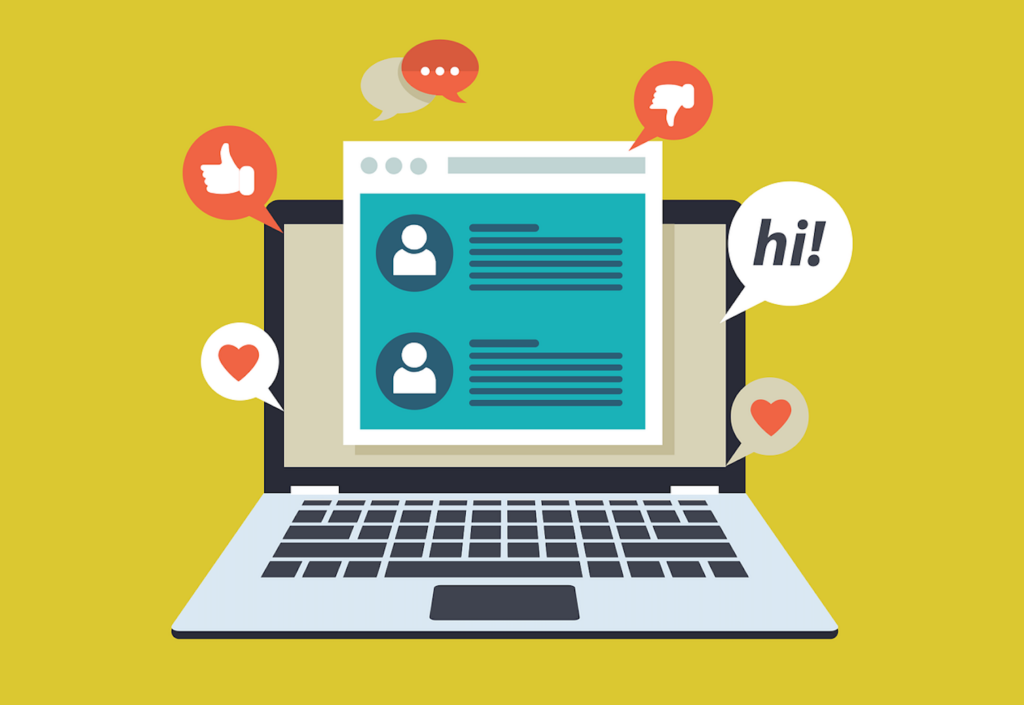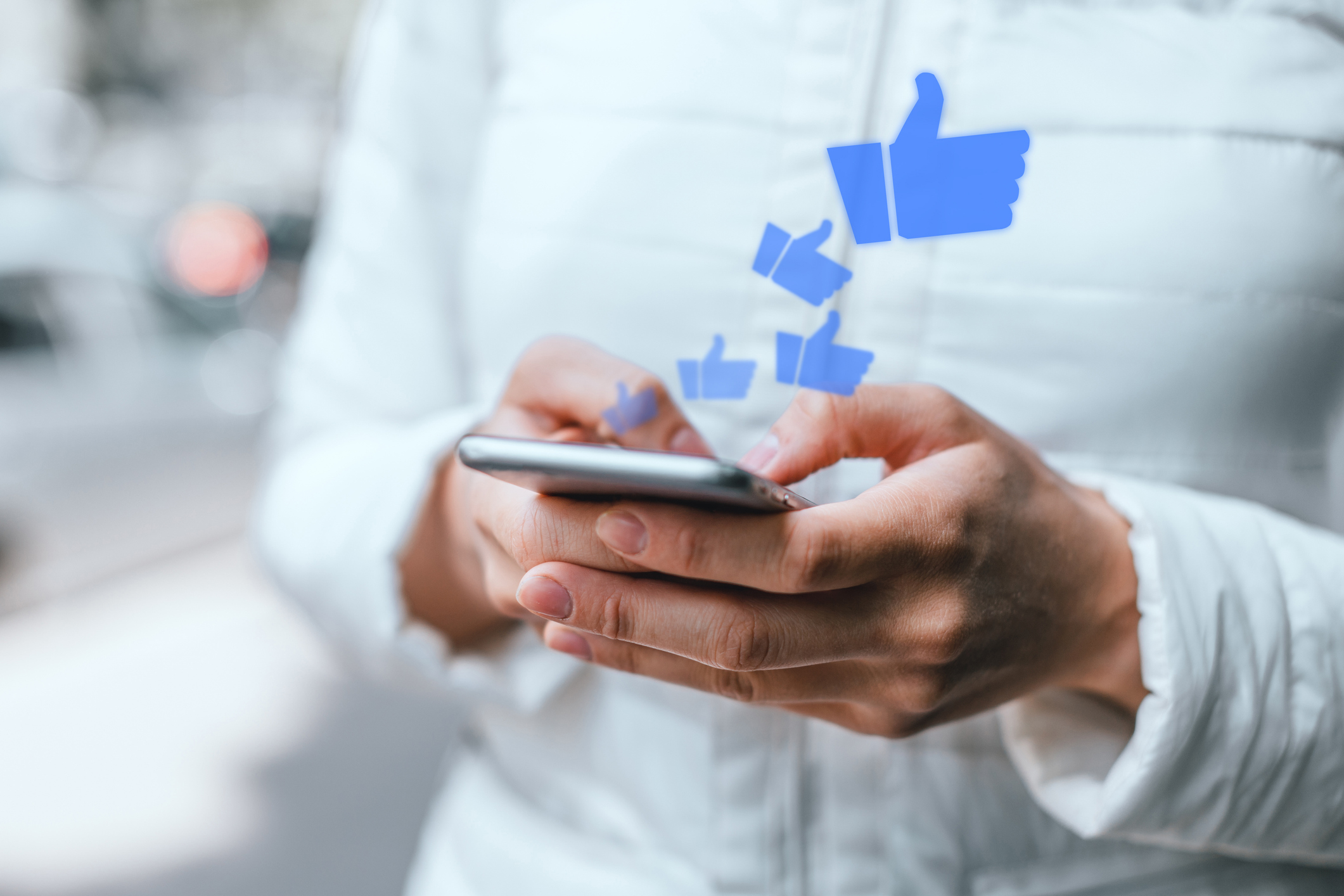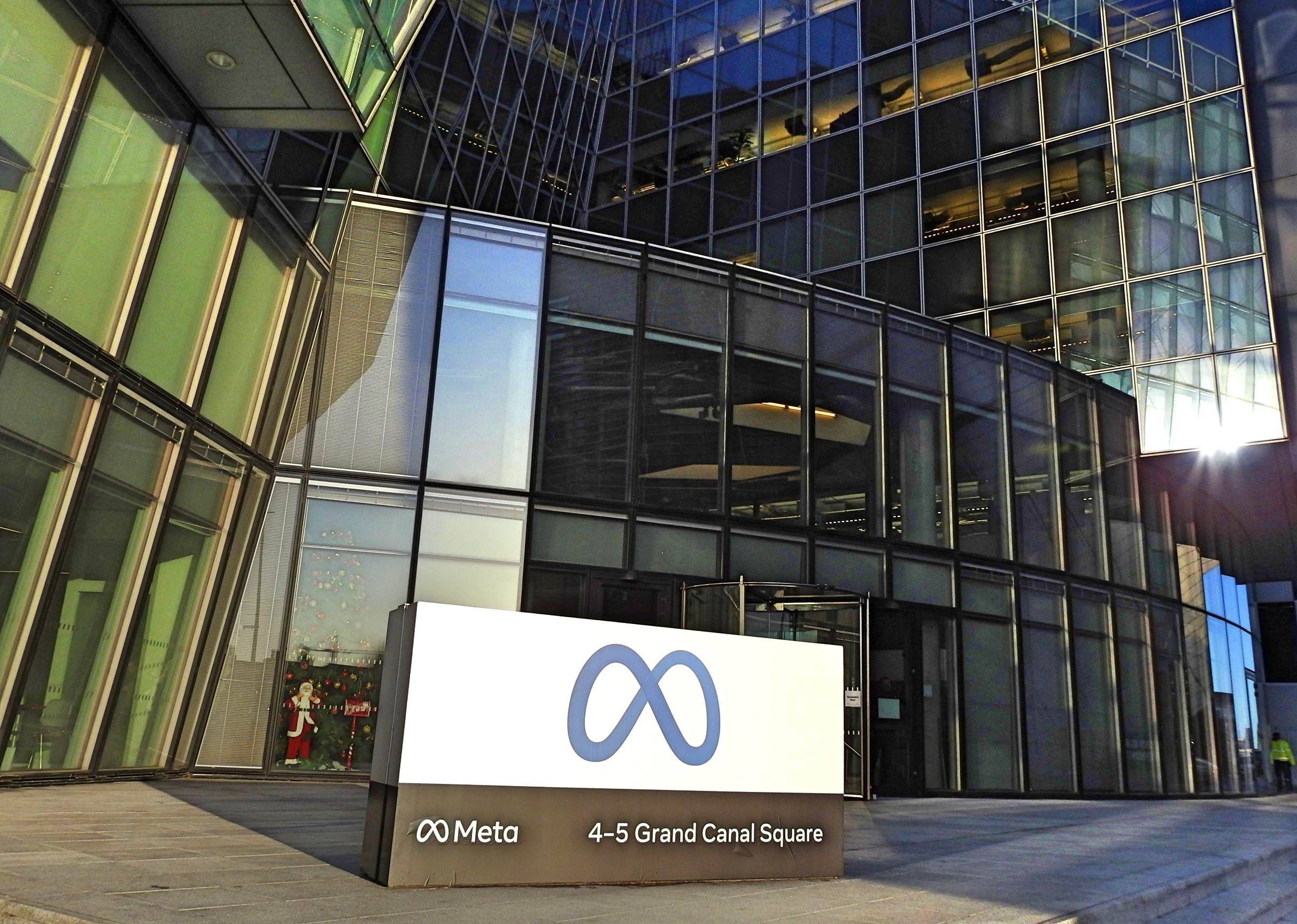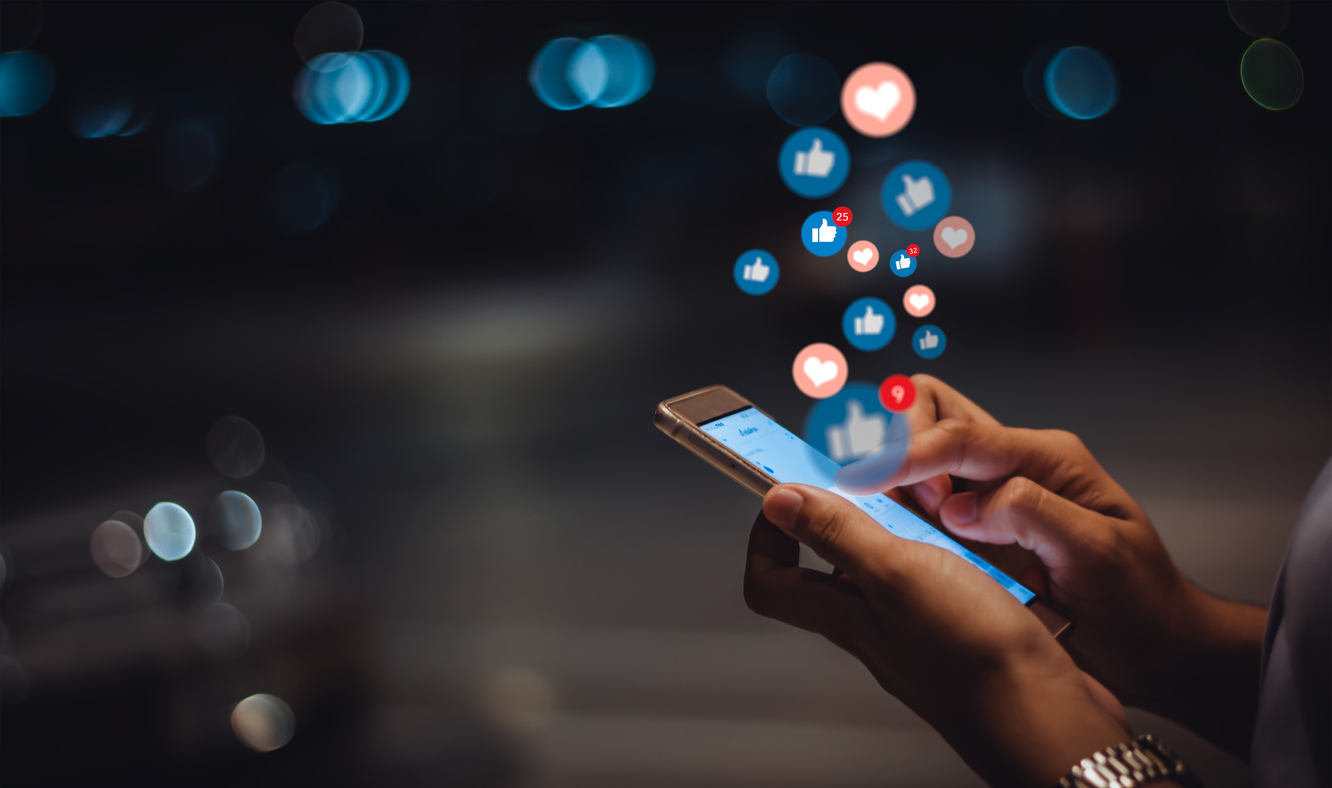What is Social Listening?
When you first saw the term social listening, you might have envisioned being in a crowded restaurant and eavesdropping on conversations while discreetly recording them (thanks, brain).
In digital reality, social listening involves tracking and analyzing social media and online conversations to gauge public sentiment, understand consumer behavior, and engage with audiences more effectively. Think – Monitoring how an audience interacts with your ad promoting an upcoming product release or reading and responding to customer reviews posted to your company’s Google Maps location. Sure, like some other companies falling behind, you can avoid responding, but engagement is becoming an increasingly valuable factor in online brand visibility and is expected to continue growing.
According to a study conducted by Social Media Today, over 80% of respondents viewed social listening as an essential component of their strategic planning.
I’m sure you’ve even noticed recently that more companies are responding to online feedback or reviews regarding their product or service. Not only does this engagement help bridge the gap between you and your customers, but it also facilitates the growth of consumer confidence in your overall brand.
In past decades, what was once gained from in-person conversations or word of mouth has now been converted to online forums, messaging, reviews, opinions, and shared experiences. Amidst this continuous river of data lies invaluable insights for businesses and brands, where social listening comes into play. With social media communities running 24/7, your brand needs a plan to capture and utilize this oasis of information efficiently.
Benefits of Social Listening
Here’s an in-depth look at how social listening can enhance your brand’s visibility:
1) Unfiltered Consumer Insights and Market Trends
One of the most significant advantages of social listening is the ability to access raw, unfiltered consumer opinions. Traditional market research methods like surveys or focus groups can sometimes lead to biased results, but social listening provides real, unsolicited feedback. This information is crucial for:
- Identifying emerging trends: By monitoring social conversations, you can catch on to new trends as they start. This early insight can be pivotal in shaping marketing strategies or product development.
- Understanding consumer needs and pain points: Direct feedback from consumers can highlight areas for improvement in products or services.
- Sentiment analysis: Social listening tools can analyze the tone and sentiment behind social media posts, giving businesses a clearer understanding of public perception.
This improved clarity of market trends supplements your existing data to provide a clearer picture of your ideal customer. While you might hire a digital marketing firm to facilitate and operate a social listening strategy, the cost can be justified by enabling you to create a more intentional, targeted ad spend.
2) Customer Service and Engagement
Social listening isn’t just about collecting data; it’s also about interaction. Engaging with customers online can have profound effects and should be viewed as an essential component of any digital marketing campaign:
- Immediate response to customer queries and complaints: Addressing concerns swiftly can improve customer satisfaction and loyalty.
- Building a community: Regular engagement helps build a community around your brand, which can be instrumental in fostering brand advocates.
- Personalized responses: Tailoring your communication to individual needs or queries shows that your brand values its customers, enhancing the overall customer experience and the likelihood a customer will remain.
3) Competitive Advantage
Keeping an eye on competitors is a critical aspect of any business strategy. Social listening provides insights into:
- Competitors’ strategies and consumer responses: Understanding how consumers react to your competitors’ actions can help fine-tune your strategy.
- Identifying gaps in the market: By monitoring discussions around competitors, you might discover unmet needs in the market that your business could fulfill.
- Benchmarking: Analyze how your brand performs compared to competitors in terms of public sentiment and online presence.
4) Crisis Management and Reputation Control
With viral content being the double-edged sword it is, protecting your brand’s reputation is more important than ever. Social listening aids in:
- Early detection of potential crises: Spotting negative sentiment early can help prevent a full-blown crisis.
- Understanding the narrative: Monitoring how a story develops over time gives you control over your response strategy.
- Damage control: Quick and thoughtful responses to negative situations can mitigate potential harm to your brand’s reputation.
5) Product Innovation and Improvement
Finally, social listening can be a driving force behind innovation and improvement:
- Product development: Feedback from social media can inspire new product ideas or improvements to existing ones.
- Customer-driven innovation: Involving customers in the development process through their feedback can lead to more successful products.
- Market testing: Social media can effectively test market reactions to new products or changes.
Social listening is a multifaceted tool that extends far beyond simple data collection. It empowers businesses to make informed decisions, foster stronger customer relationships, stay ahead of the competition, manage their online reputation, and drive innovation. In a world where online conversations can shape the fate of a brand overnight, understanding and implementing social listening is not just an advantage – it’s a necessity.
Social Listening Examples in Practice
Here are some practical social listening examples of how companies use it to enhance their operations, marketing strategies, customer service, and product development:
1) Brand Monitoring and Reputation Management
- Example: A personal care company like L’Oréal uses social listening to track customer reactions to its new skincare line. They notice a surge in conversations about an ingredient, causing irritation for some users. The company quickly addresses these concerns through social media, informs customers about the ingredient’s benefits and limitations, and modifies product descriptions to include more detailed usage instructions.
2) Competitive Analysis
- Example: A fast-food chain employs social listening to monitor its competitors’ promotional campaigns. They observe a competitor’s successful launch of a plant-based menu item, leading to increased positive sentiment among health-conscious consumers. This insight prompts the chain to research and develop its plant-based menu options to attract a similar customer base.
3) Customer Service and Engagement
- Example: An airline uses social listening to track customer feedback across social media platforms. When a flight delay results in several negative tweets from passengers, the airline’s social media team quickly responds with apologies, updates on the situation, and offers for compensation, turning a potentially damaging situation into an opportunity to showcase excellent customer service.
4) Market Research and Consumer Insights
- Example: A technology company planning to launch a new smartwatch uses social listening to understand what features are most desired by consumers. They find that health tracking is highly discussed in their target market. This insight drives the company to focus on advanced health monitoring features in their new product.
5) Crisis Management
- Example: A food and beverage company encounters a crisis when a batch of products is reported to be contaminated. Using social listening, they quickly gauge the extent of the concern, identify the affected batch through customer discussions, and issue a targeted recall. They also engage directly with concerned consumers online, providing updates on the situation and steps to ensure safety.
6) Identifying Brand Advocates and Influencers
- Example: A fashion brand uses social listening to identify social media influencers and everyday customers who tout and promote their brand. They reach out to these individuals for potential collaboration or to feature their content, amplifying positive word-of-mouth and building a community of brand advocates.
7) Product Development and Innovation
- Example: A gaming company tracks online discussions about their latest game release. They find that players are consistently requesting a specific feature. The company uses this feedback to develop an update incorporating the requested feature, enhancing user satisfaction and demonstrating that they value player input.
8) Campaign Performance Analysis
- Example: An automotive company like Toyota launches an ad campaign for a new electric car model. Using social listening, they analyze public reaction to the campaign across different platforms and demographics. The insights gained help them tweak their marketing strategy and target their ads more effectively to resonate with their audience. Talk about going green. By keeping a pulse on the responses, they could save money by further honing their ads and product placement in front of a responsive, ready-to-buy audience.
The social listening examples above emphasize how it provides valuable insights to help a company respond more efficiently and effectively to market demands, manage its brand reputation, engage with customers, and innovate its product offerings.
Initiate Social Listening Today
As much as I’d like to sit here and say you need to have us manage social listening for your brand, you really don’t. Well, not right away, at least.
These are several actions most brands can take that take little time and can have a significant impact:
- Go to your company’s GMB (Google My Business) profile and make sure any recent reviews have been addressed. This means responding to both the positive and negative reviews. This is especially crucial leading up to and immediately following holidays like Black Friday and Christmas, when customer spending spikes and people are stressed out. But there are no weeks off regarding brand monitoring and engagement. Social listening requires consistent efforts.
- Ensure your customers have adequate channels to contact you about a product or service. Include social media icons on your site so customers can easily share your product.
Consumers need to see that your business does more than produce. They need to know that it has a pulse and is a living, breathing, human-led entity that cares about the satisfaction of its customers.
Your Audience is Talking, Is Your Brand Listening?
If reading through these social listening examples made you realize your business is behind, don’t stay behind. Discover how social listening can boost your company’s success and explore how LFG Media Group can attract an audience to your offerings and keep them engaged. Contact us now for a complimentary strategy consultation to get started.







